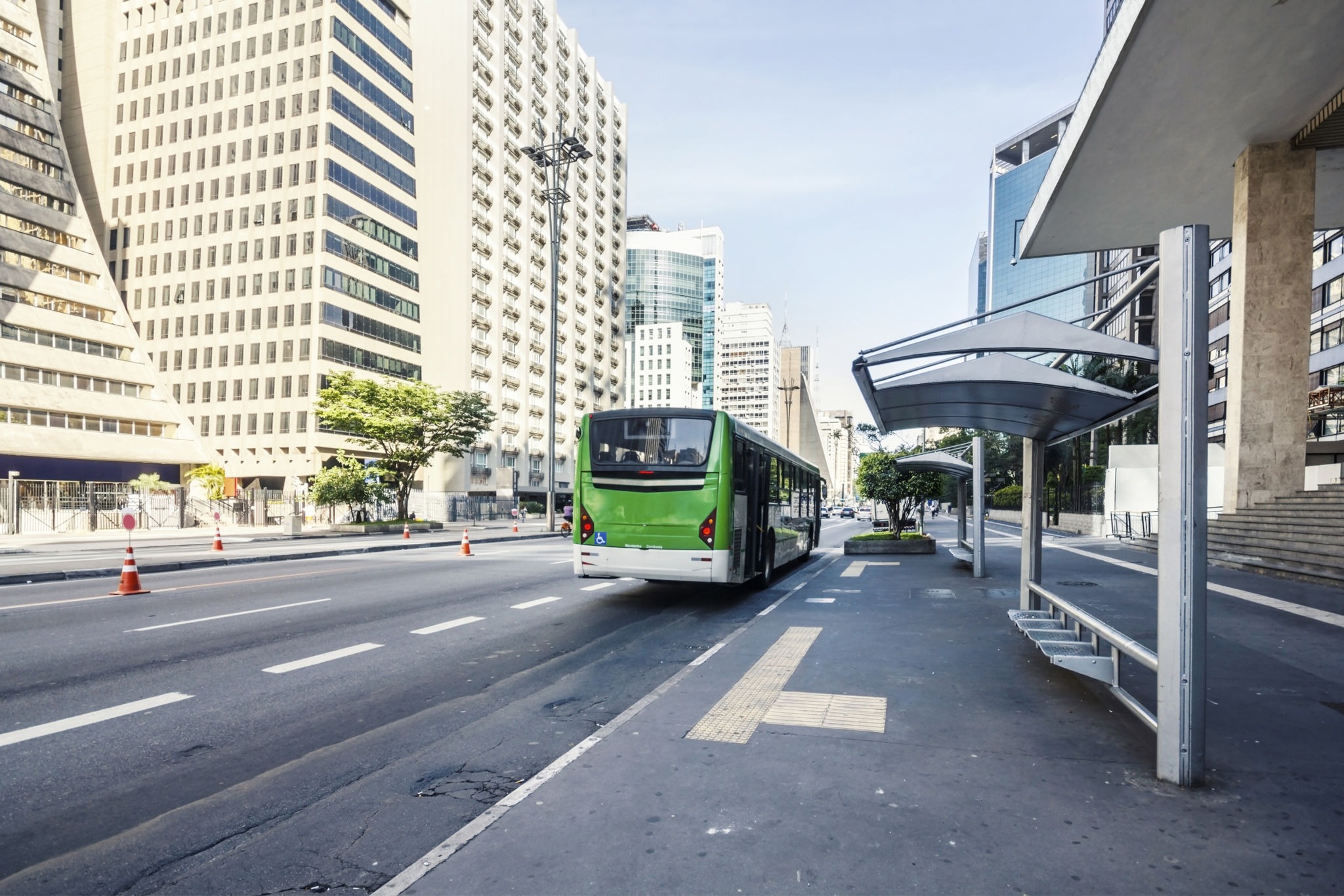Private vs Public Transportation Services: Finding the Best Fit for Your Business
Understanding the Basics of Private and Public Transportation
When it comes to choosing between private and public transportation services for your business, understanding the fundamental differences is crucial. **Private transportation** often includes services like company-owned vehicles, hired chauffeurs, or rideshare programs designed specifically for your business needs. Meanwhile, **public transportation** refers to shared services such as buses, trains, and subways that are available to the general public.
The choice between these two options can significantly impact your business operations, affecting everything from employee satisfaction to logistics and cost management. It’s essential to weigh each option's pros and cons to determine which aligns best with your company's goals.

Advantages of Private Transportation for Businesses
Private transportation services offer a range of **benefits** that might appeal to businesses. One of the primary advantages is **control**. With private transport, companies can tailor schedules, routes, and vehicle types to suit their specific needs. This flexibility can lead to increased efficiency and productivity.
Additionally, private transportation can enhance your company's image. Offering a dedicated service for employees or clients often conveys professionalism and care. This can be especially important for businesses that frequently host visiting clients or partners.

Cost Considerations
Despite the benefits, private transportation often comes with higher costs. Companies must consider expenses related to vehicle purchase or lease, maintenance, insurance, and potential driver salaries. However, for some businesses, these costs are justified by the increased convenience and image benefits.
The Role of Public Transportation in Business
Public transportation offers a more **cost-effective** solution compared to private transportation. By utilizing existing infrastructure, businesses can save on the high costs associated with vehicle ownership and maintenance. For companies located in urban areas with robust public transit systems, this can be an attractive option.
Public transportation also supports **sustainability** initiatives, as it typically results in lower emissions per passenger compared to private vehicles. This can be a significant factor for businesses looking to improve their environmental footprint.

Challenges with Public Transportation
However, relying on public transportation does present challenges. These include less control over schedules and routes, which may affect employee punctuality and efficiency. Additionally, public transport may not reach certain areas, limiting accessibility for some workers.
Finding the Right Fit for Your Business
Deciding between private and public transportation services ultimately depends on your business's unique needs and goals. Consider factors such as budget, location, employee preferences, and environmental impact when making your decision.
For some companies, a **hybrid approach** may be the best solution. This could involve using public transport for general commuting while providing private options for specific events or client interactions. By evaluating your specific requirements, you can develop a transportation strategy that supports your business effectively.

Conclusion
In conclusion, both private and public transportation services have distinct advantages and drawbacks. By carefully considering these factors, you can choose a solution that optimizes efficiency, cost-effectiveness, and employee satisfaction. The key is to align your transportation choice with your broader business strategy for optimal results.
